 Medical malpractice claims often present complicated issues involving hard to understand medical principles. Such lawsuits can become further complicated by questions of whether hospitals, in addition to the doctors themselves, can be held liable for a failure to act that results in a patient’s death. This is the question faced by parties in a lawsuit alleging medical malpractice and negligence that followed the death of a patient initially treated at the Richardson Medical Center Hospital (“RMC”) in Rayville, Louisiana.
Medical malpractice claims often present complicated issues involving hard to understand medical principles. Such lawsuits can become further complicated by questions of whether hospitals, in addition to the doctors themselves, can be held liable for a failure to act that results in a patient’s death. This is the question faced by parties in a lawsuit alleging medical malpractice and negligence that followed the death of a patient initially treated at the Richardson Medical Center Hospital (“RMC”) in Rayville, Louisiana.
On the afternoon of May 28, 2011, Cleveland Coward was admitted to RMC for head injuries that resulted from a fight in which he was hit by his opponent several times with a steel pipe. Coward was examined by the attending emergency room doctor, Dr. David Lifshutz. After examining Coward, Dr. Lifshutz ordered a CT scan of Coward’s head. After being treated for a cut to his forehead and loss of consciousness, approximately 50 minutes after arriving at the emergency room, Coward underwent the CT scan. The images from the CT scan were sent to a radiologist located off-site. Coward subsequently underwent an alcohol screening that indicated that he was highly intoxicated. A few hours later, Coward was discharged and walked out of the emergency room under police custody. Coward’s discharge instructions did not mention the CT scan or any follow up procedures, but only told Coward to follow up with his primary care doctor in seven days, to change his wound dressings every 24 hours, and to take Tylenol as needed for pain.
The radiologist who reviewed Coward’s CT scan found that there was some tissue swelling, but no evidence of acute traumatic brain injury or visible fractures. However, the radiologist concluded his report with the statement “Urgent Finding: Pneumocephalus,” which refers to bubbles of gas or air within the cranial cavity. Neither Dr. Lifshutz nor another staff member communicated the results of the CT scan to Coward or the Richland Detention Center, where Coward was taken after his release from RMC.
 Louisiana Personal Injury Lawyer Blog
Louisiana Personal Injury Lawyer Blog


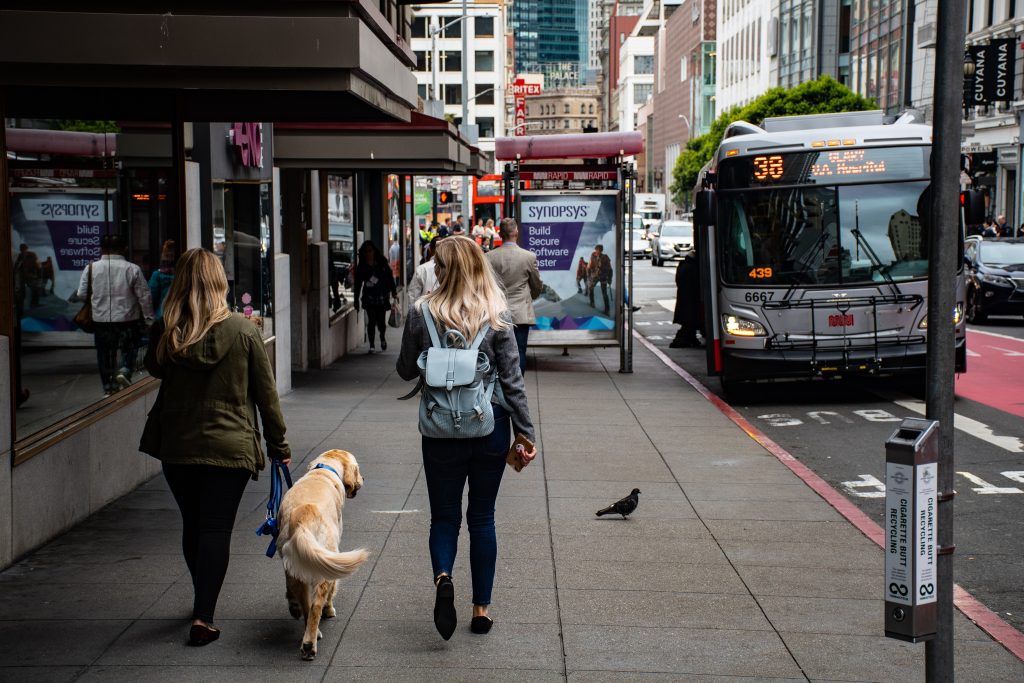 How often do you walk along a sidewalk without paying attention to where you’re walking? Next time you’re out strolling, take notice of where you step! An obvious danger could prevent you from recovering for any injuries, as a local Louisiana woman recently discovered.
How often do you walk along a sidewalk without paying attention to where you’re walking? Next time you’re out strolling, take notice of where you step! An obvious danger could prevent you from recovering for any injuries, as a local Louisiana woman recently discovered. Maybe you’ve been there. Lying on a cold surgical table. The anesthesiologist places the mask over your face and says to count backwards from one hundred. “100…99…98…” Most people don’t remember much after that. But imagine waking up from a procedure and discovering that you have no feeling in your arm. Unfortunately, that’s what happened to Jason Dunn, who underwent a hemorrhoidectomy at Christus St. Francis Cabrini Surgery Center in Alexandria, Louisiana in 2012.
Maybe you’ve been there. Lying on a cold surgical table. The anesthesiologist places the mask over your face and says to count backwards from one hundred. “100…99…98…” Most people don’t remember much after that. But imagine waking up from a procedure and discovering that you have no feeling in your arm. Unfortunately, that’s what happened to Jason Dunn, who underwent a hemorrhoidectomy at Christus St. Francis Cabrini Surgery Center in Alexandria, Louisiana in 2012. 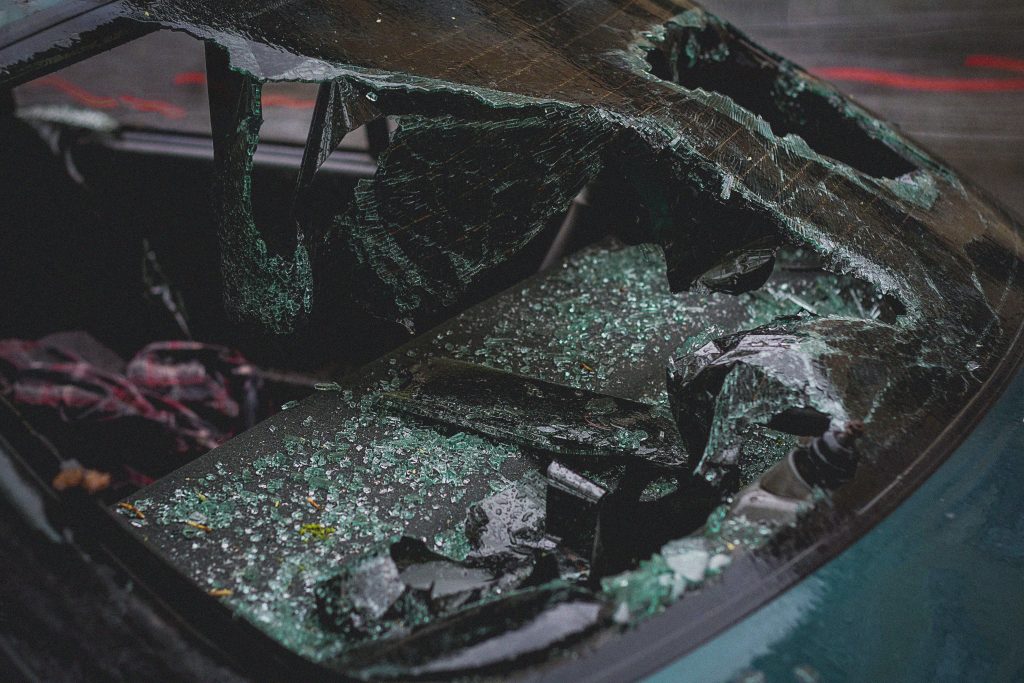 In some legal situations, there will be conflicting laws and a question of which law correctly applies to the situation at hand. For that reason, Louisiana has developed a mechanism to determine what to do when there are conflicting laws. First, when determining what law to use, the court must look at each state’s relationship to the lawsuit, the people involved in the case, and the person whose status is at issue.
In some legal situations, there will be conflicting laws and a question of which law correctly applies to the situation at hand. For that reason, Louisiana has developed a mechanism to determine what to do when there are conflicting laws. First, when determining what law to use, the court must look at each state’s relationship to the lawsuit, the people involved in the case, and the person whose status is at issue.  Every adult in America has dealt with insurance in some manner, whether it be life, car, house, rental, or health. Therefore, it is important to understand that the insurance policy you agree to constitutes the law between the you and the insurance company; it governs the whole relationship. As a result of the policy between the insured and insurer being drafted by the insurer, the insurer has the right to limit provisions, and impose restrictions or conditions, so long as these do not conflict with legal statutory provisions or public policy. Thus, strict compliance with the insurance policy terms and conditions is required for a change of beneficiary.
Every adult in America has dealt with insurance in some manner, whether it be life, car, house, rental, or health. Therefore, it is important to understand that the insurance policy you agree to constitutes the law between the you and the insurance company; it governs the whole relationship. As a result of the policy between the insured and insurer being drafted by the insurer, the insurer has the right to limit provisions, and impose restrictions or conditions, so long as these do not conflict with legal statutory provisions or public policy. Thus, strict compliance with the insurance policy terms and conditions is required for a change of beneficiary. 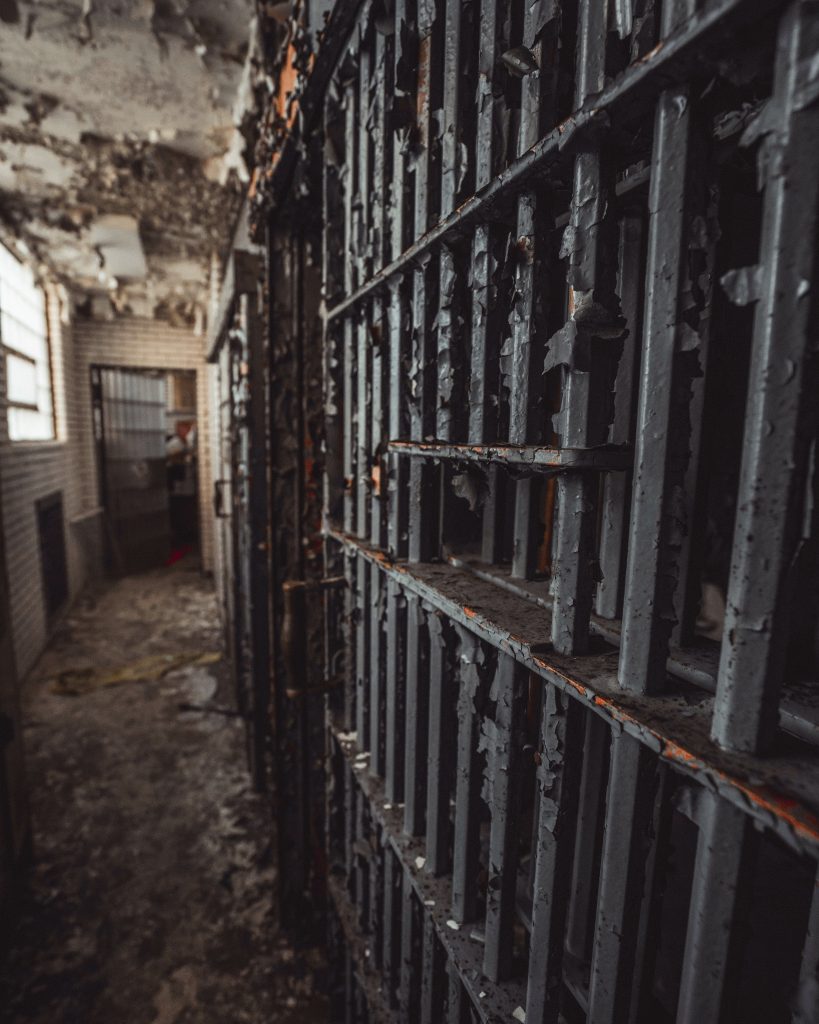 In a civil case, you do not have the classic “speedy trial” right. Instead, courts will seek expediency by granting summary judgments when appropriate. The purpose of summary judgment is to avoid frivolous and unnecessary trials, or at a minimum, to simply reduce trial time by dispensing of some claims. A motion for summary judgment may be granted upon a finding that there is “no genuine issue as to material fact and that the mover is entitled to judgment as a matter of law.”
In a civil case, you do not have the classic “speedy trial” right. Instead, courts will seek expediency by granting summary judgments when appropriate. The purpose of summary judgment is to avoid frivolous and unnecessary trials, or at a minimum, to simply reduce trial time by dispensing of some claims. A motion for summary judgment may be granted upon a finding that there is “no genuine issue as to material fact and that the mover is entitled to judgment as a matter of law.”  The equivalence of “dotting the i’s and crossing the t’s” in the law is making sure to comply with court procedural rules. One such basic civil court procedure rule is proper service. Proper service is critical in establishing that a court has legal jurisdiction over a defendant. The defendant has a right to know that they are being sued, and they have the right to be present at any hearing or to appear through an attorney. Without proper service, a court may dismiss a lawsuit. One can have a valid and strong claim for a lawsuit, but without proper compliance with court rules, the case may never even be heard. The importance of following procedure is highlighted in this Workers’ Compensation case heard in the Louisiana Fourth Circuit Court of Appeals.
The equivalence of “dotting the i’s and crossing the t’s” in the law is making sure to comply with court procedural rules. One such basic civil court procedure rule is proper service. Proper service is critical in establishing that a court has legal jurisdiction over a defendant. The defendant has a right to know that they are being sued, and they have the right to be present at any hearing or to appear through an attorney. Without proper service, a court may dismiss a lawsuit. One can have a valid and strong claim for a lawsuit, but without proper compliance with court rules, the case may never even be heard. The importance of following procedure is highlighted in this Workers’ Compensation case heard in the Louisiana Fourth Circuit Court of Appeals.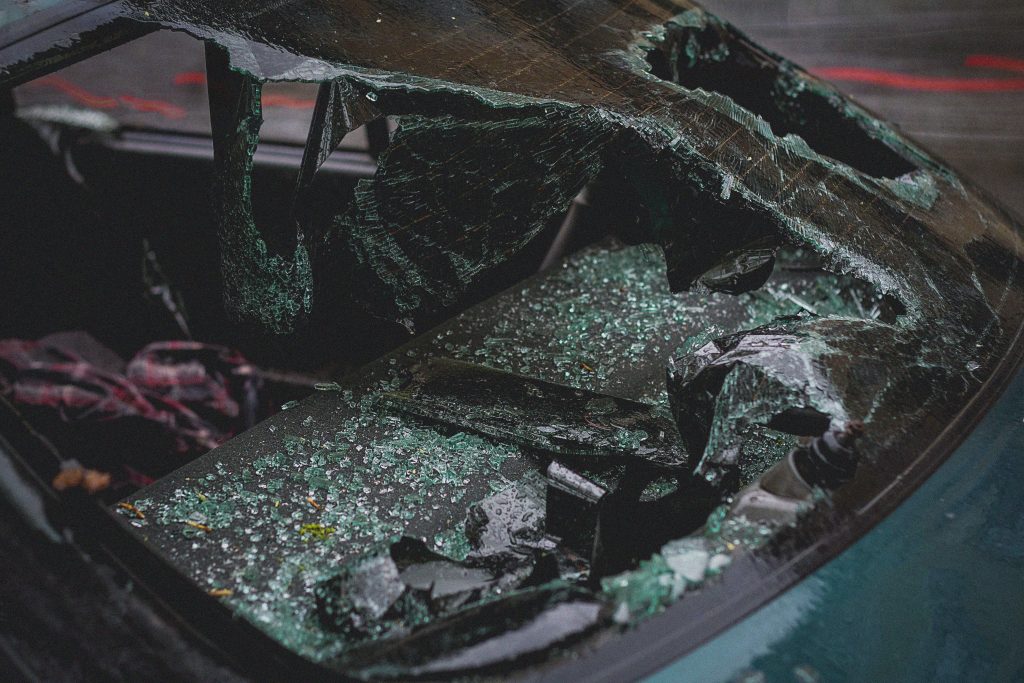 Life can be upended in an instant. One person’s negligent act can change the trajectory of multiple people’s lives. How much monetary compensation should this negligent, life-altering person be required to pay? Often after a trial court determines a damage award, the award stays the same. But what about when this award does not really compensate for the injuries? Recently, the Louisiana Third Circuit Court of Appeal determined that an injured party was entitled to far more than the trial court awarded in a car accident lawsuit out of Iberia Parish.
Life can be upended in an instant. One person’s negligent act can change the trajectory of multiple people’s lives. How much monetary compensation should this negligent, life-altering person be required to pay? Often after a trial court determines a damage award, the award stays the same. But what about when this award does not really compensate for the injuries? Recently, the Louisiana Third Circuit Court of Appeal determined that an injured party was entitled to far more than the trial court awarded in a car accident lawsuit out of Iberia Parish.  What happens if you are exposed to something dangerous at work? In the not too distant past, there would be no hope of restoration and only devastation. Today, with gratitude to some excellent lawyers and lawmakers, there are legal protections for people who are exposed to hazardous working conditions. Negligent companies can still be required to pay damages even for a 10-year-old oil spill. In several cases from a 2006 Lake Charles oil spill, the Louisiana Third Circuit Court of Appeal affirmed a damage award despite the award being significantly higher than other damage awards in similar cases.
What happens if you are exposed to something dangerous at work? In the not too distant past, there would be no hope of restoration and only devastation. Today, with gratitude to some excellent lawyers and lawmakers, there are legal protections for people who are exposed to hazardous working conditions. Negligent companies can still be required to pay damages even for a 10-year-old oil spill. In several cases from a 2006 Lake Charles oil spill, the Louisiana Third Circuit Court of Appeal affirmed a damage award despite the award being significantly higher than other damage awards in similar cases. 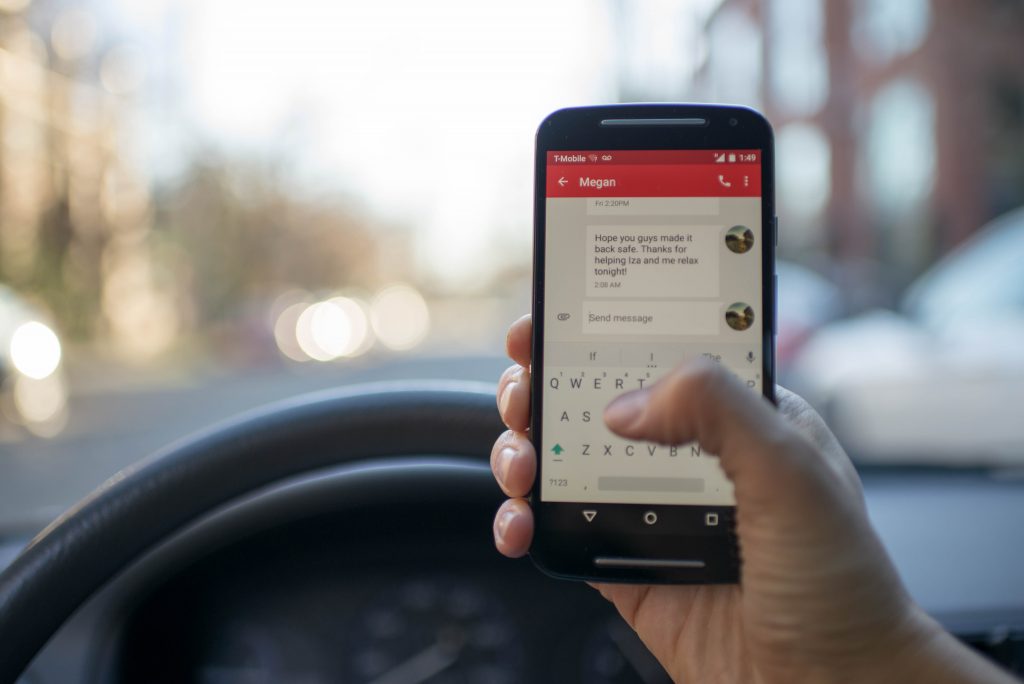 How often do you drive distracted? Text messaging, studying the GPS, or even checking Facebook; every person reading this has probably engaged in at least one of these distractions while driving. How often are you the one doing the distracting as a passenger? The car can become an excellent opportunity to air one’s grievances to a captive audience. But when would a fight in a car, text messaging, or something else rise to passenger liability in the event of a car accident? The Louisiana Third Circuit Court of Appeal recently grappled with this question choosing to limit impositions of passenger liability to almost everyone’s relief.
How often do you drive distracted? Text messaging, studying the GPS, or even checking Facebook; every person reading this has probably engaged in at least one of these distractions while driving. How often are you the one doing the distracting as a passenger? The car can become an excellent opportunity to air one’s grievances to a captive audience. But when would a fight in a car, text messaging, or something else rise to passenger liability in the event of a car accident? The Louisiana Third Circuit Court of Appeal recently grappled with this question choosing to limit impositions of passenger liability to almost everyone’s relief.